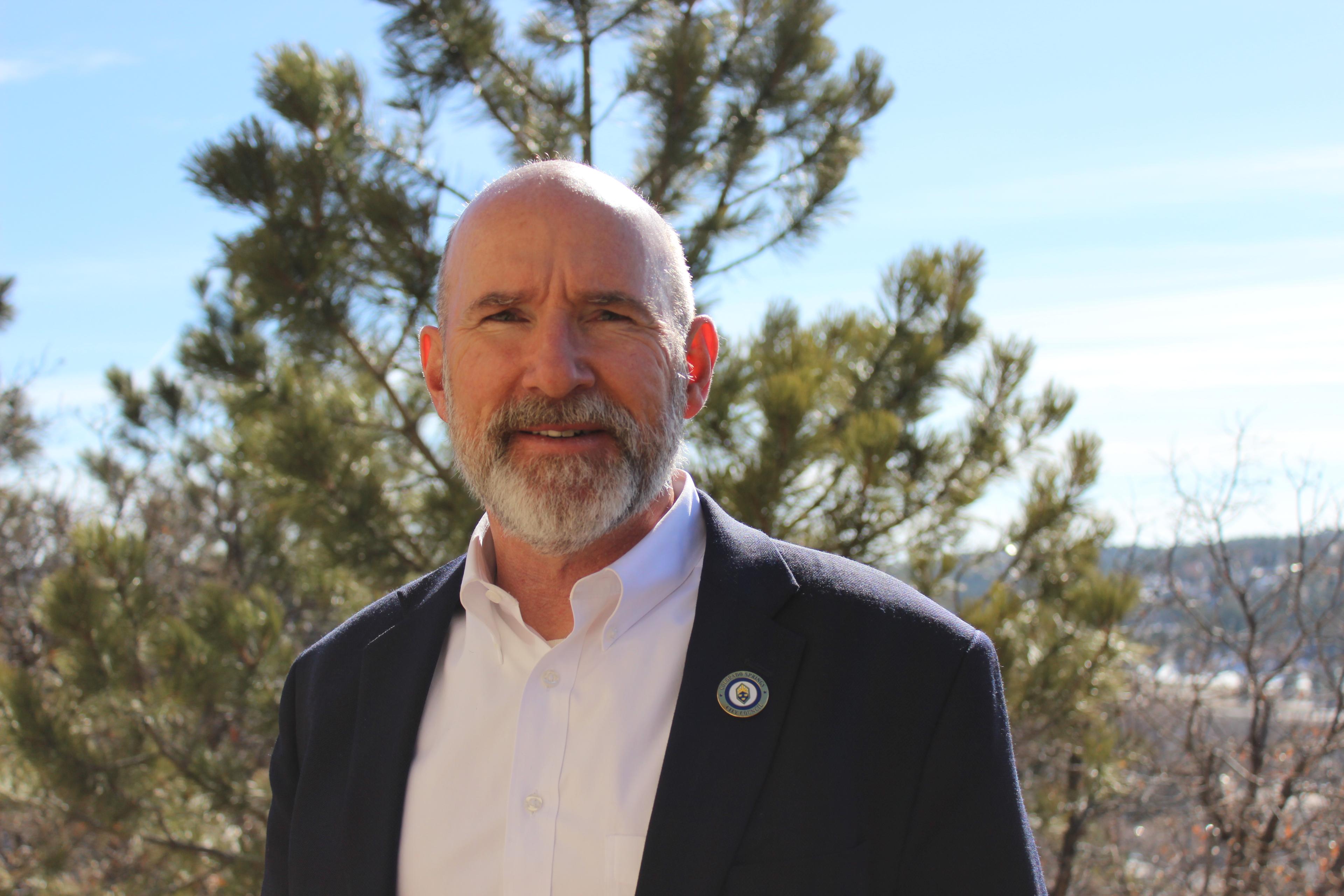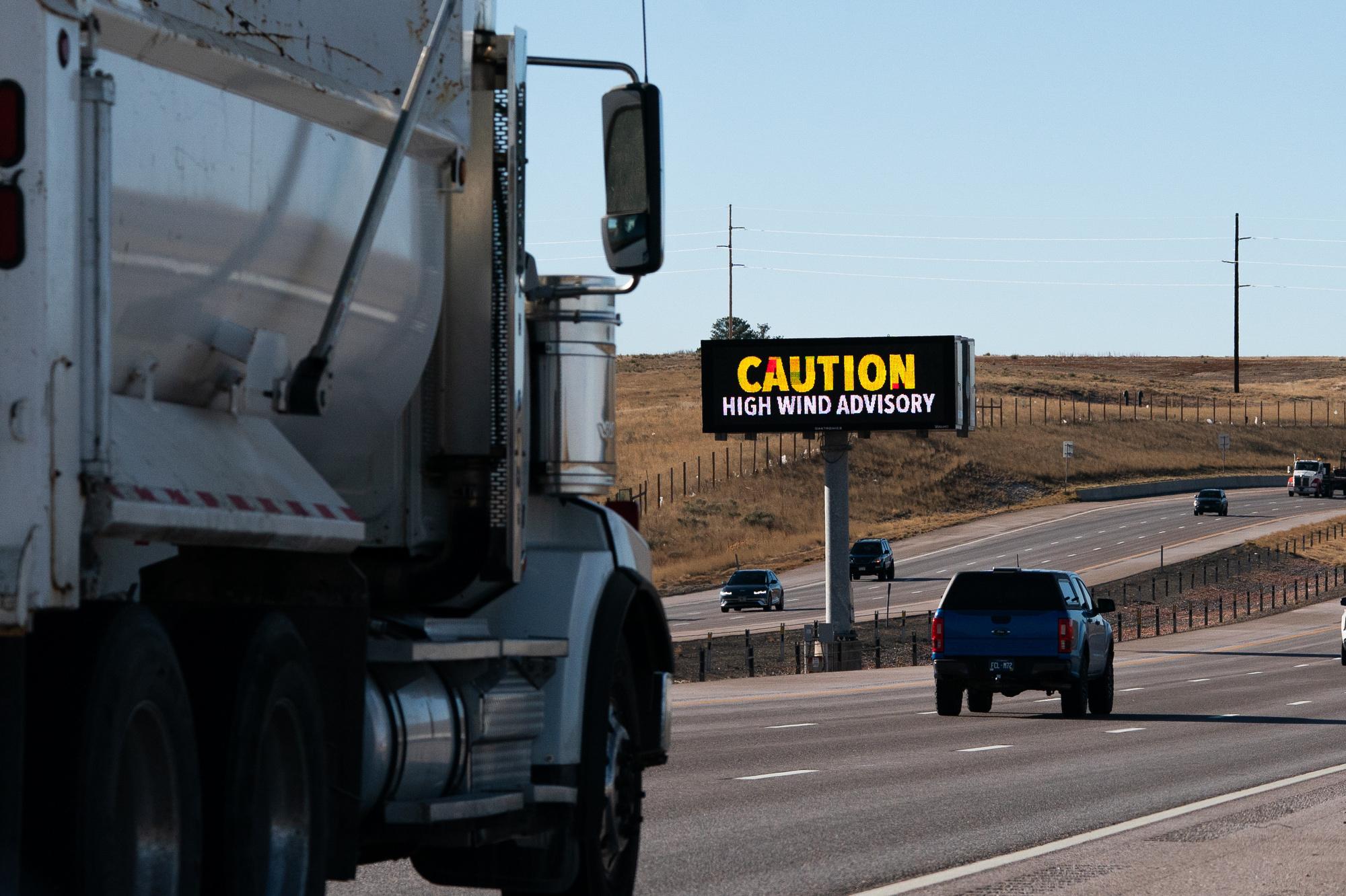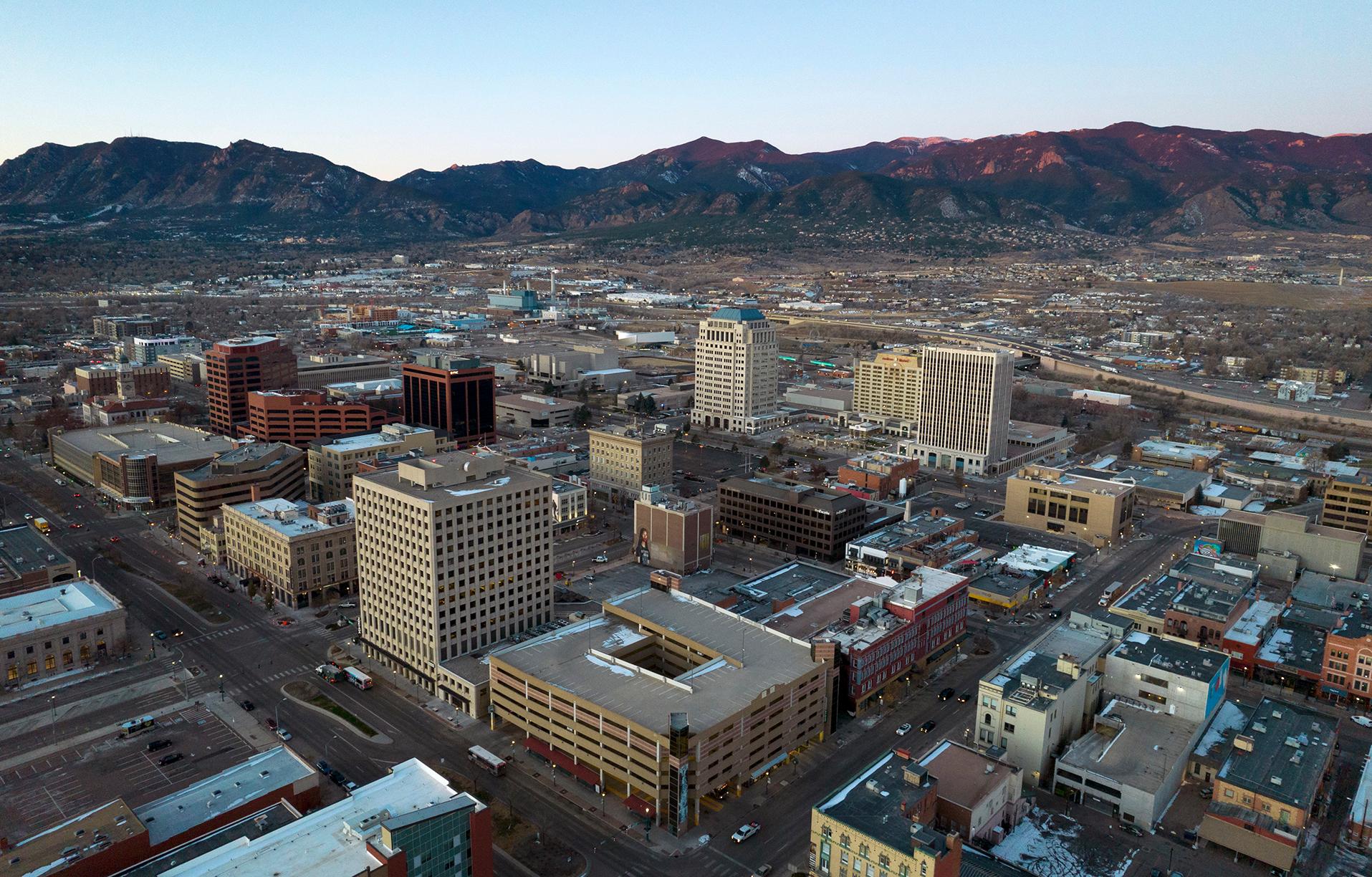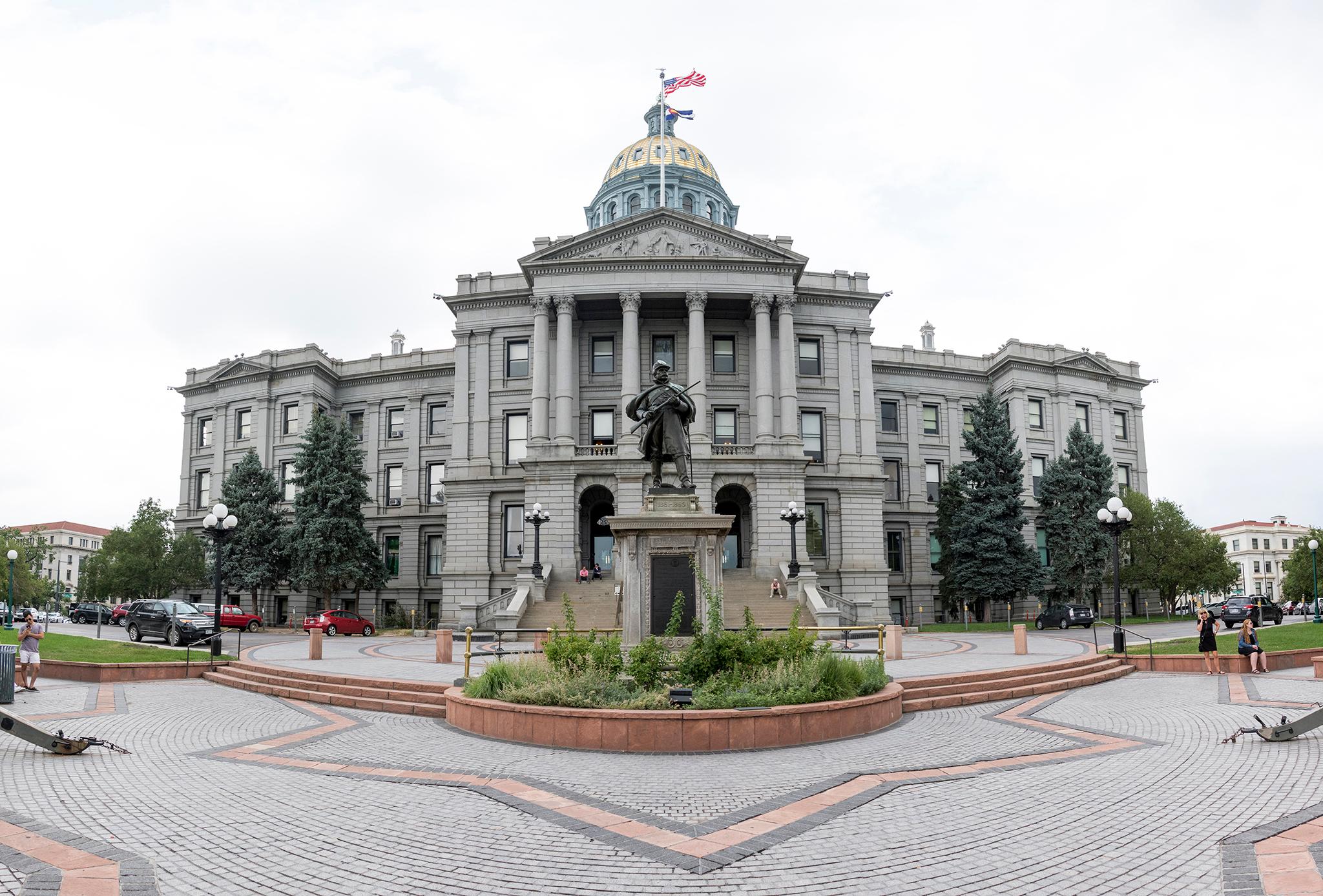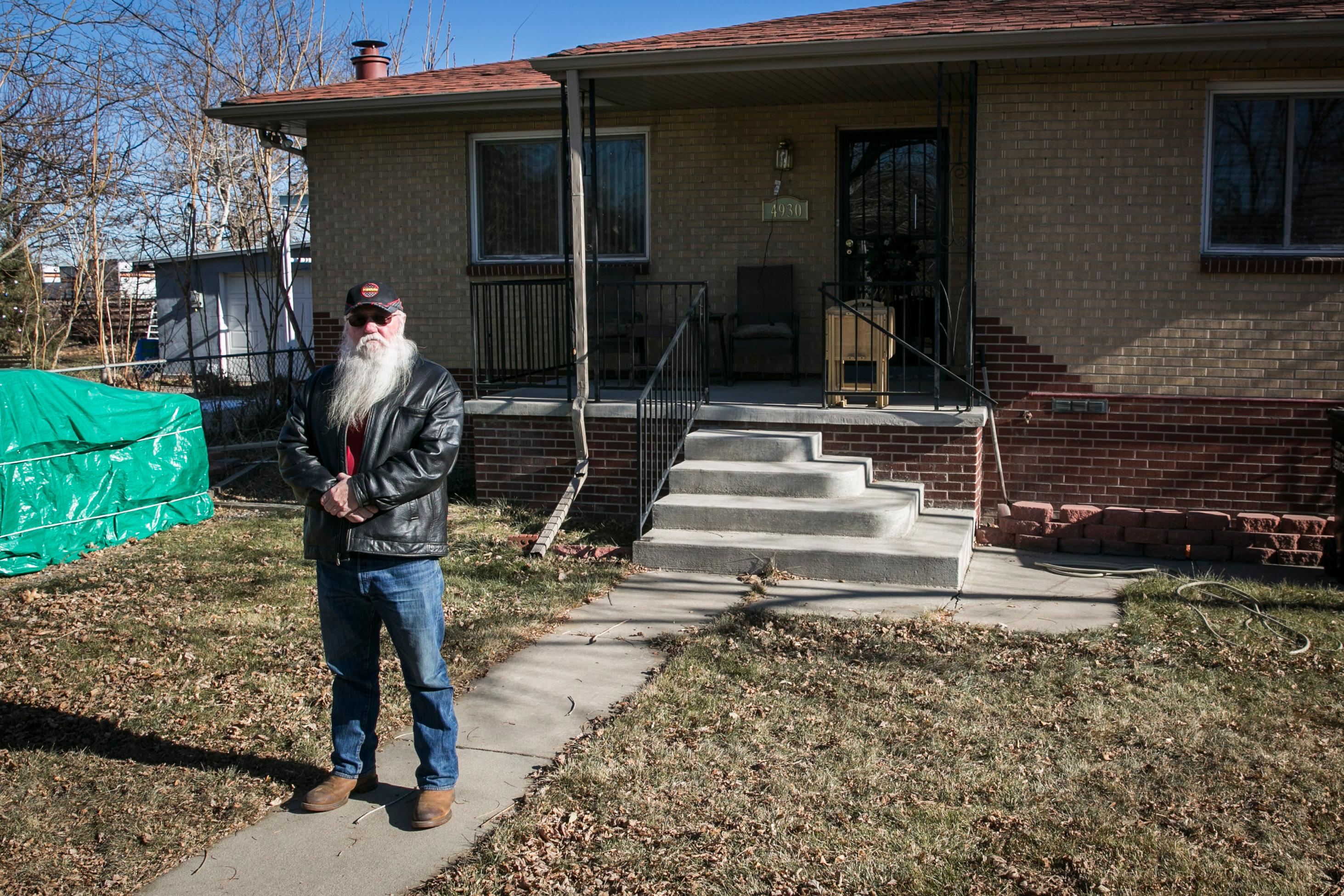

Dave Oletski makes his childhood sound like a Mark Twain novel: He evaded nuns’ rulers in Catholic school, played in the neighborhood cemetery after dark, and snuck into to the nearby stockyards to clean stalls and earn a few bucks.
But here’s the thing: Oletski, 63, didn’t grow up in a small town deep in America’s heartland. His childhood home is about 2 miles from downtown Denver, in the Globeville neighborhood. Just across the South Platte River is the National Western Stock Show, where every January thousands of cowboys and cowgirls descend for more than two weeks of Western hoopla.
“We'd always come back to school late, smelling like animals,” Oletski remembered of his childhood in the 1960s. “[We’d] tell the nuns, 'We weren't over at the stock show.' And they were like, 'We can smell you.' "
Starting around the turn of the 19th century, the stock show, Globeville and nearby Elyria-Swansea helped Denver grow its cowtown roots. Thousands of cattle were bought and sold at the stockyards every day, and processed at meatpacking plants in Globeville. The neighborhoods were full of modest yet well-kept homes, Oletski said.
Those days are long over though.
"This used to be a beautiful old street,” Oletski said as he drove down a narrow neighborhood alleyway west of the South Platte near a huge scrap metal recycler. “It's given way to shanties and junkyards."
Globeville and Elyria-Swansea are now among Denver’s poorest neighborhoods and have largely been left out of the boom that’s rapidly changing other parts of the city. Most of Oletski's neighbors are now Hispanic, compared to the Polish and other Slavic immigrants who first settled the area toward the end of the 1800s. The nearest grocery store is miles away.
Oletski hopes prosperity will soon return to Globeville. His main reason for optimism is a $1.1 billion remake of the stock show that will get into full swing after this year’s event wraps up. The city of Denver, Colorado State University and the Western Stock Show Association plan to update and expand the aging campus.
The aim is to turn the grounds into a 250-acre year-round attraction. The city says the first two phases, which include new stockyards and a new event center, will be finished by 2024. An RTD commuter rail stop should be ready in a few years too.
"I want to see it all come back,” Oletski said. “And with the renovation of the stock show, I think it's going to happen. People are taking pride in things again."
One of Oletski’s friends, Bettie Cram, has similar dreams. The 95-year-old Niwot native moved to Denver after high school in the early 1940s and found work at the stockyards. She married a cowboy from Elyria and they moved into a house on Josephine Street in adjacent Swansea.
"It was a magic part of my life,” Cram said with a smile. “It was so fun working down there."
In the 1940s and 50s, Cram said, Swansea was like a “little city in itself” with doctors, restaurants and banks. The family even bought milk directly from a local dairy. But then the livestock industry modernized and didn't need a centralized auction location. The stockyards emptied out and the neighborhood took a hit.
“There was nothing left for people,” she said. “Most of the people in Elyria and Globeville worked for the stock show and with the cattle. And after they were gone, many of them left.”
While both Cram and Oletski have high hopes for the National Western Center, both are vehemently opposed to another mega-project: the expansion of Interstate 70.
"I-70 and I are not friends,” Cram said.
The freeway hangs over the neighborhoods on an old, massive viaduct. Oletski remembers watching it going up from his first-grade classroom at St. Joseph’s Catholic School on 46th and Pearl. “It just split the neighborhood in two,” he said. “There was a big controversy back then, just like there is today.”
The Colorado Department of Transportation plans to widen the interstate and put it below grade. Dozens of homes and more than 15 business will be demolished. A handful of lawsuits are currently pending, but CDOT expects the project will soon get underway.
Whatever ends up happening, Oletski said the neighborhood will survive. After all, it always has.
"I've gotten frustrated and wanted to leave a couple of times,” Oletski said. “But there's so much potential here now. It's making a full circle."

